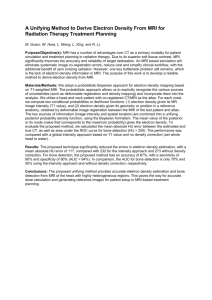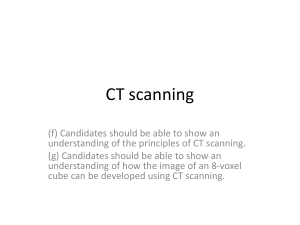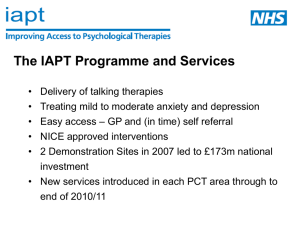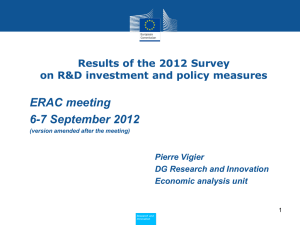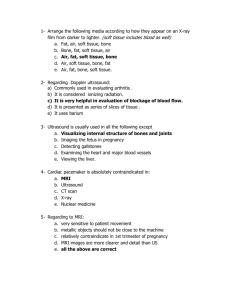Gd-DPTA as a MRI contrast Agent
advertisement
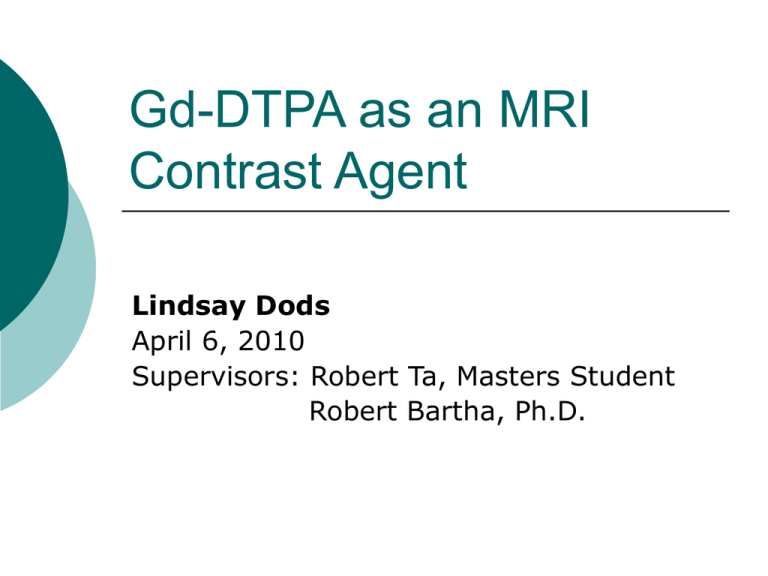
Gd-DTPA as an MRI Contrast Agent Lindsay Dods April 6, 2010 Supervisors: Robert Ta, Masters Student Robert Bartha, Ph.D. Introduction MRI – Magnetic Resonance Imaging Contrast Agents Can be used to detect anatomical structures and function. Can enhance the contrast of an MRI image, allowing for increased differentiation. Novel Contrast Agents must be tested Objectives Show the effectiveness of Gd-DTPA (Magnevist) as a contrast agent in high field MRI. As this agent is known to be effective, the true objective is to assess the testing protocol before using novel contrast agents. Approach Compare contrast in mice brains before and after incubation in contrast agent different incubation times. Contrast is ratio of mean signal intensity of the brain compared to control Hypothesis The mean signal intensity of the brain will increase with the addition of contrast agent This signal intensity will continue to increase over time, until a saturation point is reached Intensity of the control is to remain constant. Methods Prepare Samples Split fixed brain into two hemispheres Incubate one side of the brain in diluted Gd-DTPA, use other side as control Methods Scan Perform T1 and T2 waited scans with a 9.4 T MRI. Measure mean grey level of each hemisphere from select slices in ImageJ Calculate Contrast Results Day 1, T2 Day 6, T2 Results T1 - Contast over Tim e 2.5 Contrast 2 1.5 1 0.5 0 0 1 2 3 4 5 6 Tim e (Days) Using Regression Analysis, P<0.05, therefore result is significant. 7 Results T2 Contrast Over Tim e 1.6 1.4 Contrast 1.2 1 0.8 0.6 0.4 0.2 0 0 1 2 3 4 5 6 Tim e (Days) Using Regression Analysis, P<0.05, therefore result is significant. 7 Discussion Results aren’t as expected Paramagnetic contrast agents alter signal intensity by shortening relaxation time of protons Increase in signal intensity is beneficial Future Work Contrast agent in disease diagnosis Use this protocol on novel contrast agents Conclusion Results were not conclusive to show that signal intensity increased over time with the addition of a contrast agent. More samples are needed to determine if this protocol is an effective way to test contrast agents.

